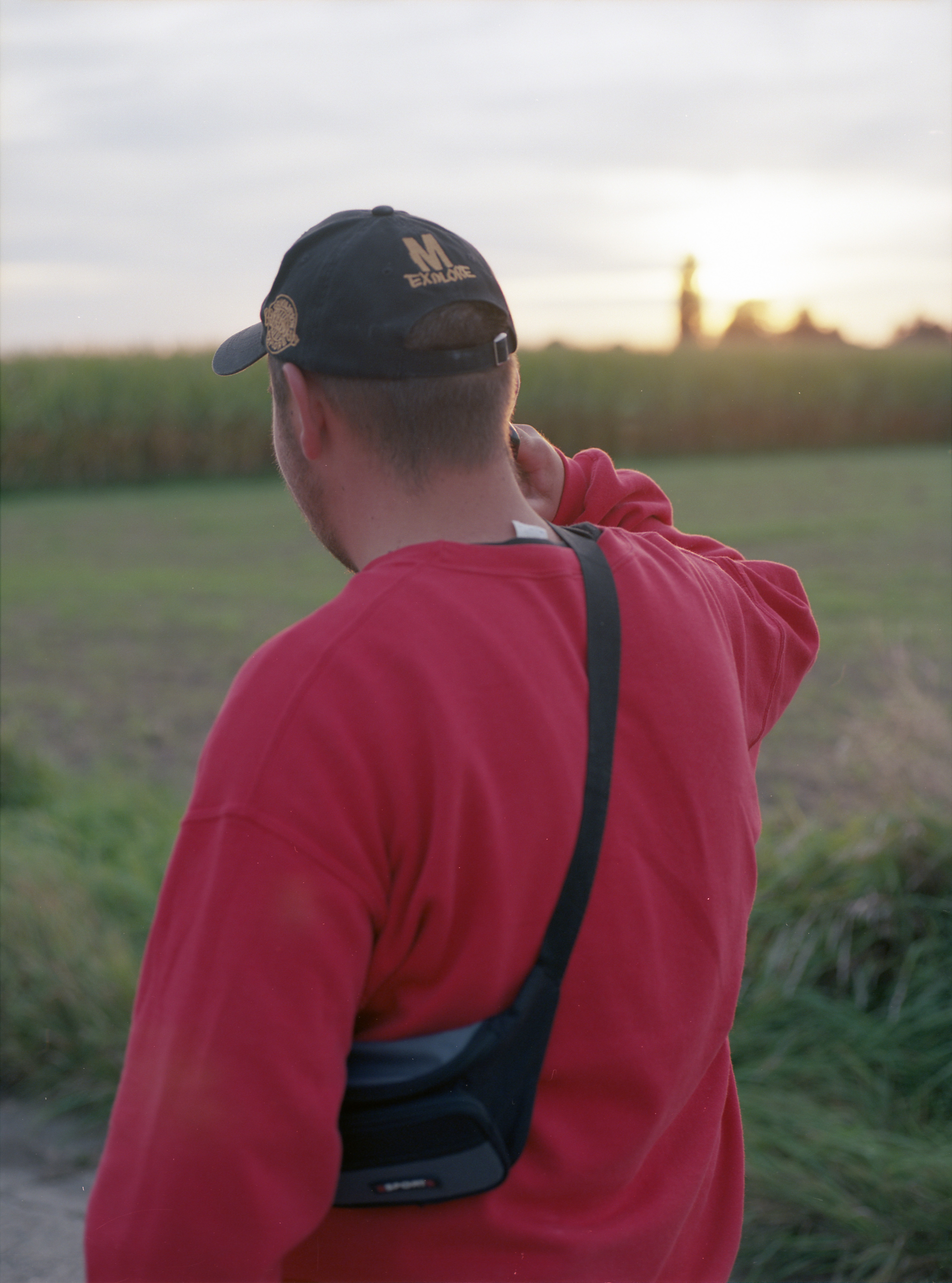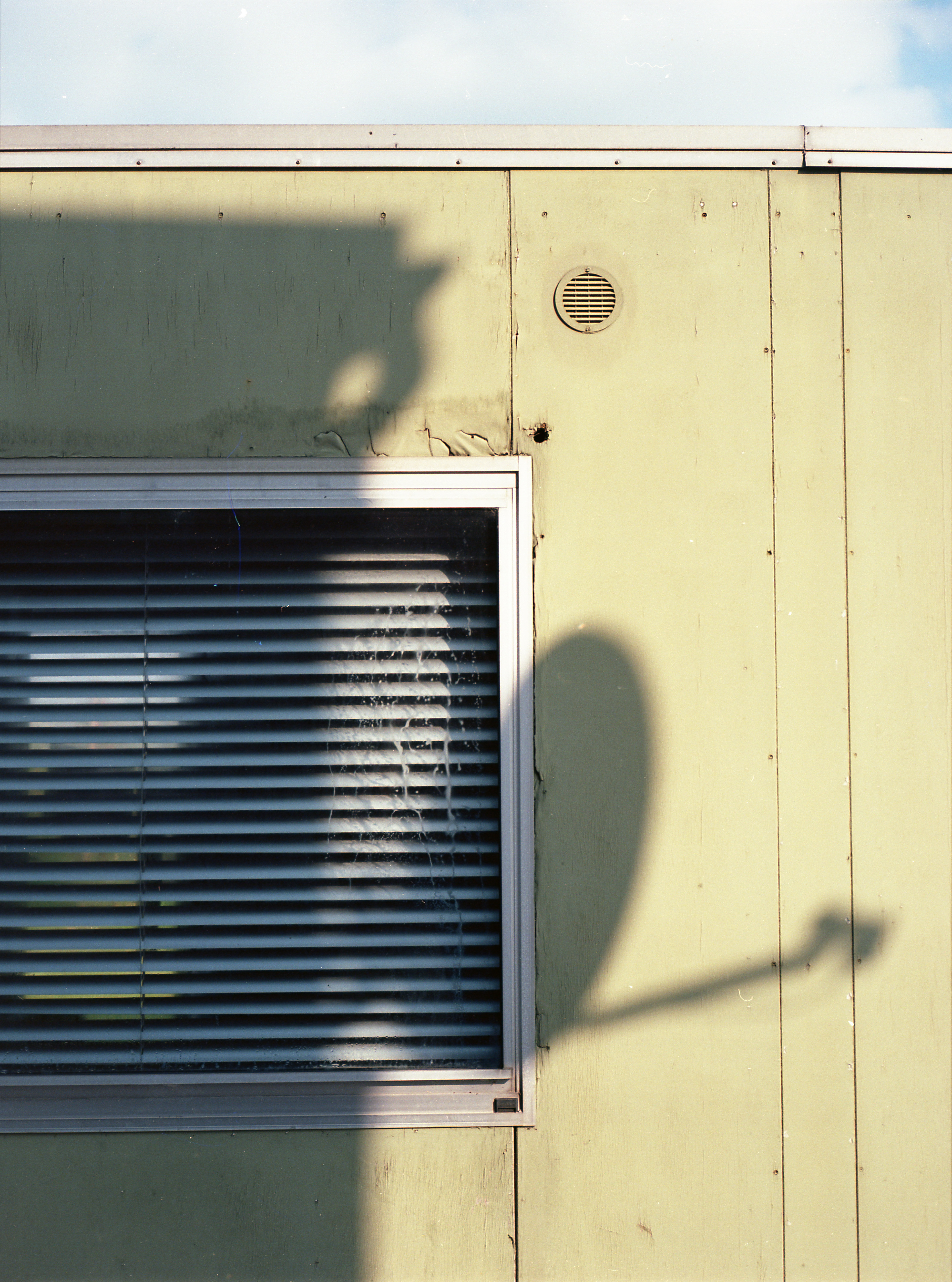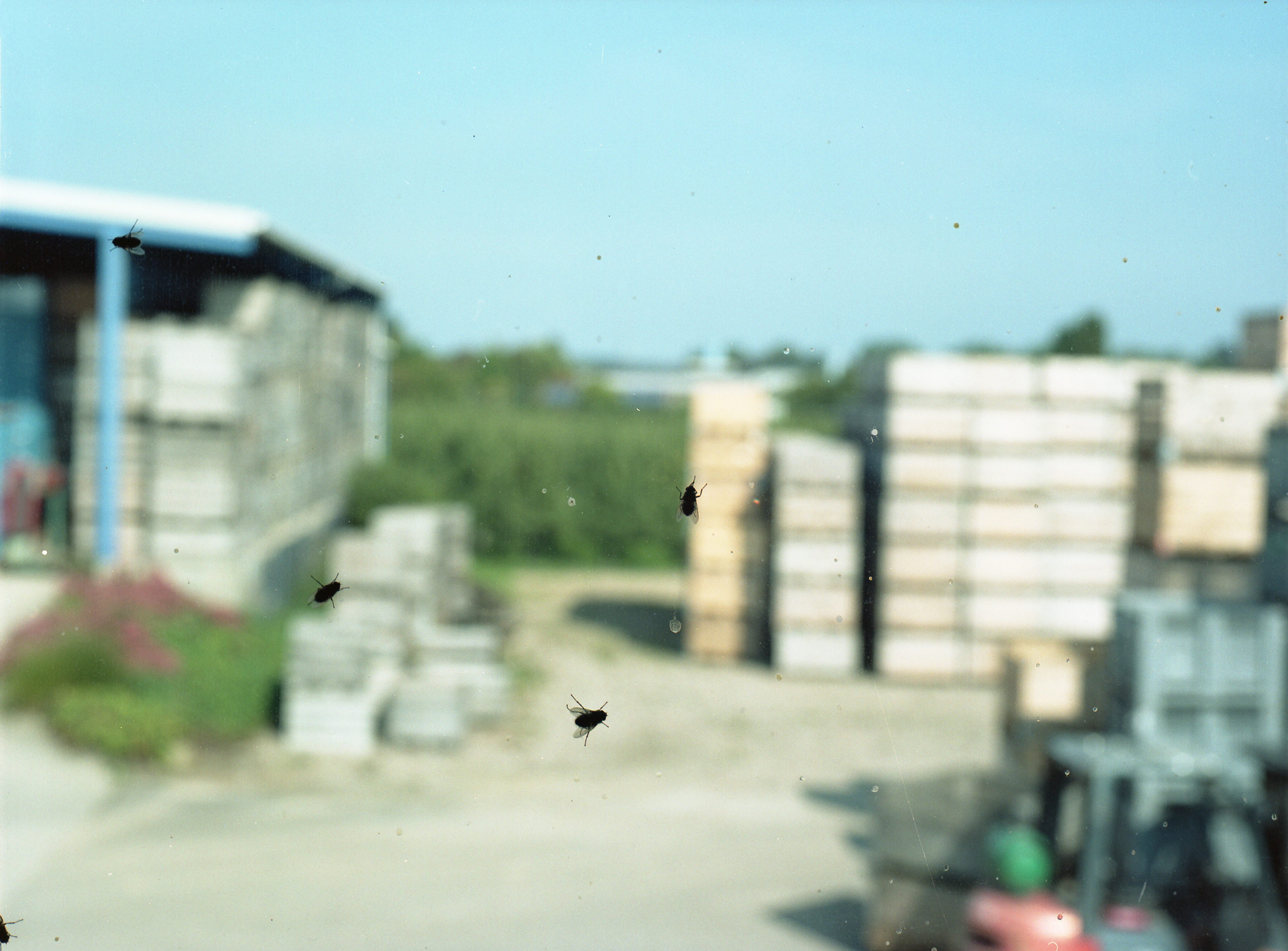


Showing the room and telling someone
Contributor: Jonathan De Maeyer
How do I react to a total surrender to work in the field, without a sense of time?
No one is more deeply rooted in the landscape than the farmer. He cultivates and inhabits the landscape on a very local level. It is precisely this position that makes him exceptionally strange. A distinction arose between those who inhabit the landscape and those who recognize and understand it. Everyone who lives in the countryside understands his living environment, but no one is as entwined with the landscape as the farmer. What place do seasonal workers have in this story? They inhabit and work a foreign landscape for a certain duration. What connotation do they have with the seasons?
Between the home and the workplace of seasonal workers, a linear figure emerges. Between a home, a house and work, there is an annual displacement. The home, the living facilities on the farms in Belgium belongs as a consequence to the work on the land. I am interested in the connection between the work in the field (and the incidental living on the farm) and the home far away. What's it like to have two residences? One that you are emotionally attached to and a second that has a purely practical function.
For a long time I have been following lines in the landscape. Visible lines form the appearance of a landscape. Invisible lines contribute to emotional or even political approaches to the environment. The invisible line I follow in Showing the room and telling someone is the line of communication that connects two landscapes through the phone conversations of seasonal workers and their home. Both at home and at work, they describe their environment and its state to each other.
The line that catches my attention, I try to document. The line itself is invisible, but it activates the environment. Into that activation I wanted to immerse myself. For me, this was a new way of approaching my subject. From the moment I decided to join the field, I suddenly found myself in the middle of the landscape that I usually observe from a safe distance. I try to understand the landscape by becoming part of it, by observing and documenting it from the inside.
During the Seasonal Neighbours exhibition at Z33, I used a visual diary to tell the story of the picker in the landscape. What is it like to spend months in function of the apple and pear harvest? What stereotypical, nostalgia-tinged images do we have in our heads of the - by now fiercely industrialized - fruit picking? What is it like to perform the job no one wants? How do I react to a total surrender to work in the field, without a sense of time?
Biography Jonathan De Maeyer
Text and photos: Jonathan De Maeyer
